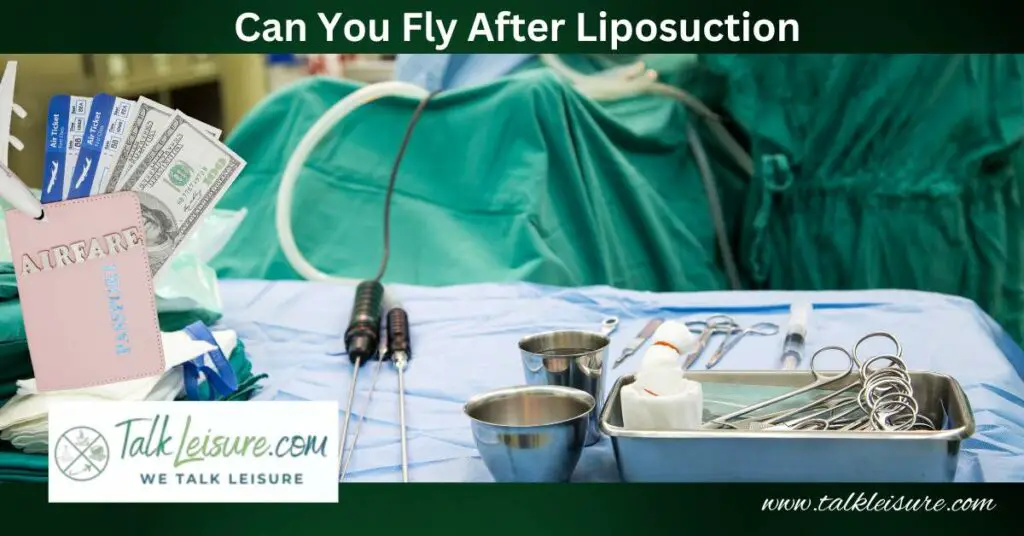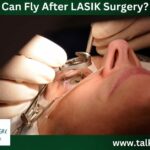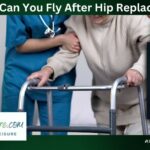Are you considering undergoing liposuction surgery and wondering if you can fly afterward?
It’s not uncommon to have these questions and concerns, especially if you plan on taking a trip soon after the procedure.
While flying after liposuction can be safe for most patients, there are certain guidelines that you should follow to ensure a smooth recovery and avoid any potential risks.
In this blog post, we’ll discuss everything you need to know about flying after liposuction surgery, including when it’s safe to fly, how to prepare for a flight, and what to expect during the recovery process.
So, if you’re curious whether you can fly after liposuction, read on to find out the answers.
Liposuction is a prevalent cosmetic procedure many individuals opt for to remove excess body fat resistant to diet and exercise.
However, some individuals may have concerns regarding air travel after liposuction.
Flying after liposuction surgery may increase the risk of developing deep vein thrombosis (DVT).
As every surgery is different, the timing between having surgery and being able to fly varies.
It is recommended to consult a doctor before flying after surgery to determine when it is safe.
Long-haul flights that increase the risk of complications should generally be avoided, and short-haul flights can be taken after two weeks.
In contrast, patients who have undergone a more complicated surgery than liposuction, like a tummy tuck or facelift, should generally avoid flying for at least four to six weeks, depending on their recovery status.
What Is Liposuction?
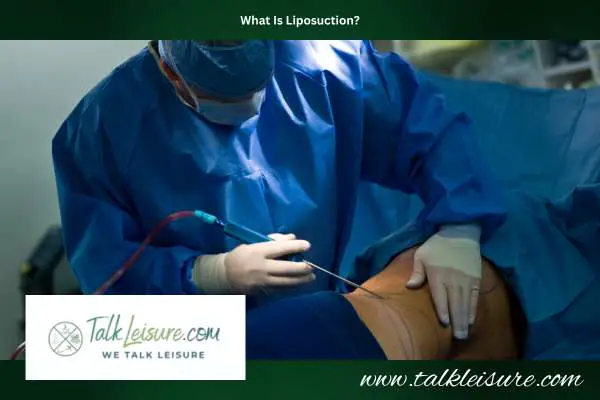
The procedure uses a thin cannula to suction out fatty tissues from the abdomen, thighs, arms, or any other body area with unsightly fat deposits.
The amount of fat removed, the number of areas treated, the duration of the procedure, and the patient’s general health affect the risks.
It is essential to consult with the surgeon to receive personalized advice on flying after liposuction.
What Are The Factors That Affect Liposuction Recovery?

Liposuction is a popular cosmetic procedure, but patients may wonder about traveling by plane after the surgery.
Flying too soon increases the risk of deep vein thrombosis (DVT) and swelling of the feet and ankles, especially if areas in the lower limbs have been treated.
The risks of DVT are influenced by various factors, such as the amount of fat removed, the duration of the surgery, and the patient’s overall health.
Generally, patients should wait two to three weeks before flying after their liposuction procedure.
You must rest and be concerned about your clothing and food habits, as these can directly or indirectly impact recovery.
Doctors recommend discussing the recovery process with a professional to plan a safe and healthy trip.
How Soon After Liposuction Can You Fly?
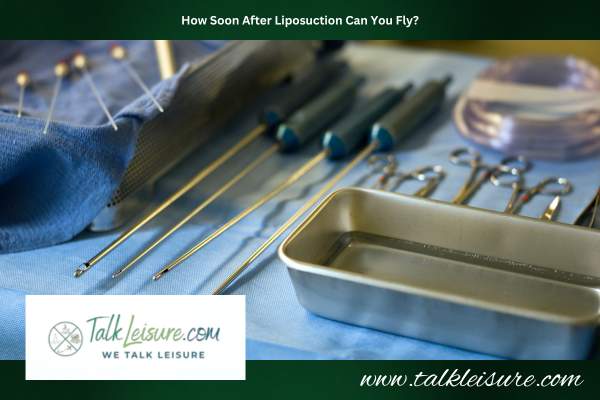
Flying after the liposuction may increase the risk of developing blood clots, or deep vein thrombosis, particularly in the lower limbs.
This risk varies based on factors like the amount of fat removed, the body part treated, and the duration of the surgery.
Recovery typically takes two to three weeks before flying is considered safe, with compression garments worn during the flight to improve blood flow and reduce swelling.
Whereas, surgeries like LASIK will take only few days to a week to recover. A week after LASIK surgery most patients are allowed to fly.
Patients must consult their doctor before determining when it is safe to fly after surgery.
Some patients also ask whether they fly on hot air balloons after liposuction.
Hot air balloon rides are amazing in pleasant weather.
However, avoiding hot air balloon rides and other adventurous flying activities is best until you are completely healed.
What Are Air Travel Guidelines You Must Follow When Flying After Liposuction?
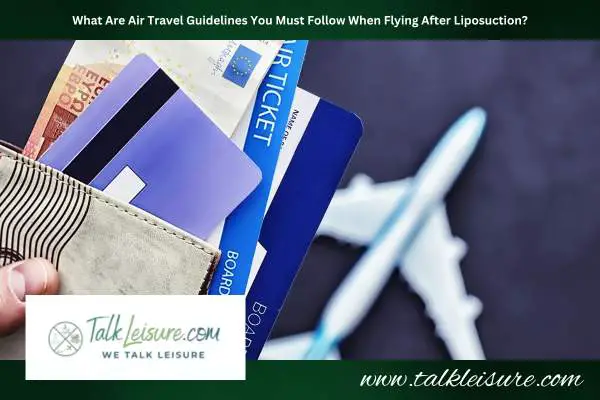
Below are a few air travel guidelines for a safe flight after surgery.
Consultation With Your Surgeon
When flying after surgery, it is essential to seek expert guidance from a medical professional, especially if you are planning to travel after liposuction.
The risk of blood clots is always high after surgery, and while the risk might vary depending on the type of surgery, one should never take it lightly.
Patients planning to fly after surgery must consult their surgeon before making travel plans.
Their surgeon will be able to evaluate their condition, recommend the best course of action, and advise when it will be safe to fly.
Consulting with one’s surgeon is a critical step toward ensuring a smooth and safe journey.
Recovery Period
The recovery period after liposuction differs for every patient, depending on the extent of the procedure.
Patients must follow their doctor’s instructions for post-surgery care, including rest, hydration, wearing post-surgery body flattening compression garments and medication.
It is recommended to avoid strenuous activities for at least two to four weeks after the procedure to aid in the healing process.
Additionally, patients should avoid exposing the treated area to direct sunlight or excessive heat for several weeks following the procedure.
Patients can travel safely after liposuction and enjoy their results with proper care and attention.
Timing Considerations
It is important to note that the timing of flying after surgery depends on the type of surgery and airline policy.
The risk of blood clots that occur from sitting still for extended periods of time in a position that cuts off the blood supply to the legs is the main concern with flying after surgery.
The longer the surgery and recovery time, the longer it may take until the patient can fly again.
If one has had surgery on the thighs, knees, or hips, then the risk of DVT is increased, and it is generally recommended to wait longer before flying.
Short-haul flights can be taken after two weeks of surgery, and long-haul flights must be avoided for 4-6 weeks.
Traveling insurance companies may not insure someone who has recently been in theater, so it’s worth checking the policy before flying.
Compression Garments
Liposuction is a popular procedure to remove excess fat, but patients must be cautious about flying soon after surgery.
Air travel immediately after surgery can lead to several health risks, including deep vein thrombosis (DVT).
Patients should wait at least two to three weeks after surgery before flying, and wearing compression garments can help improve circulation and reduce the risk of swelling.
What Are Tips For Safe Air Travel After Liposuction?
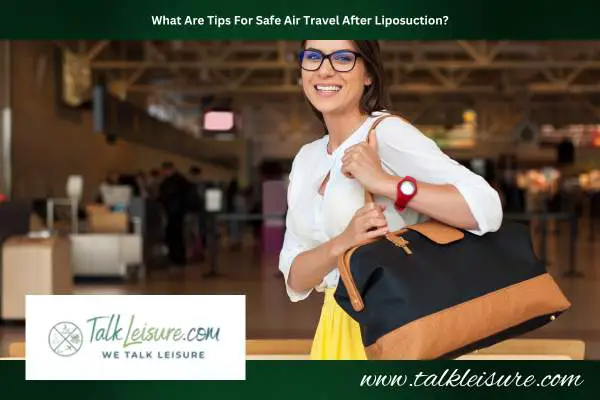
Safe air travel after liposuction surgery is possible with proper planning, preparation, and consultation with a physician. Following are a few tips for safe flight after liposuction surgery.
Pre-Flight Preparations
To minimize these risks, it is recommended that patients wait at least 2–3 weeks before flying after their liposuction procedure.
Wear compression garments during the flight.
Pre-flight preparations should be taken seriously to ensure a safe and comfortable journey.
When it comes to flying after surgery, it is crucial to seek the advice of a doctor before making any travel arrangements.
Pre-flight preparations, such as taking pain medication and wearing comfortable clothing, can make the journey less stressful and more comfortable.
Overall, it is essential to prioritize post-surgery recovery and consult a doctor before making any travel plans.
Hydration And Mobility
It is important to ensure safe travel to reduce the risk of complications such as deep vein thrombosis (DVT) and edema.
Hydration plays a crucial role in reducing the risk of DVT.
Patients should drink plenty of fluids before, during, and after the flight, as dehydration can lead to blood clots.
Furthermore, patients should plan to take regular walks up and down the aisle to promote mobility.
By following these tips, patients can enjoy a safe and comfortable travel experience post-liposuction surgery.
Stretching Exercises
Liposuction is the most popular cosmetic surgery in the United States.
However, air travel following liposuction poses some risks, such as blood clot formation within the blood vessels, particularly in the lower limbs.
Stretching exercises can help with blood circulation and prevent the risk of developing deep vein thrombosis during prolonged periods of sitting during air travel.
These exercises can be done discreetly while seated by flexing and moving your legs and feet at regular intervals.
These actions can help keep the blood flowing, leading to a safer and more comfortable journey for air travelers following a liposuction procedure.
Avoiding Excessive Sitting
With the popularity of liposuction procedures on the rise, many people wonder whether it is safe to travel on a plane after surgery.
Although liposuction is a minimally invasive procedure, patients should be aware of some risks associated with air travel.
These risks include the development of blood clots in the lower limbs due to prolonged periods of sitting on a plane.
To minimize these risks, it is recommended to take frequent walks around the plane cabin to prevent swelling in the feet and ankles.
What Are The Risks Of Flying After Liposuction?
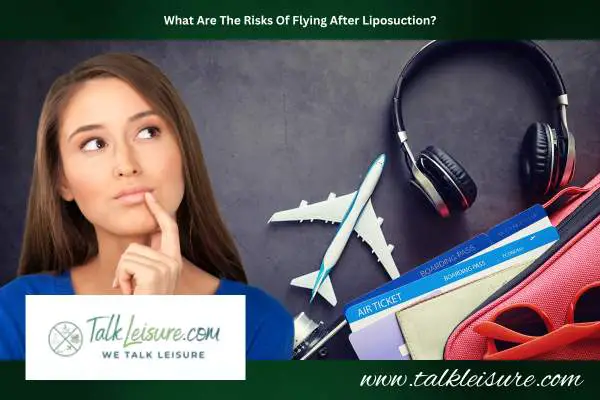
Liposuction is a widely accepted cosmetic surgery that removes fatty tissues in specific body areas.
After the procedure, patients may wonder if they can fly on a commercial plane.
However, it is important to note that air travel soon after liposuction may increase the risk of developing deep vein thrombosis or blood clot formation within the blood vessels, particularly in the lower limbs.
The risk of developing DVT after liposuction is influenced by various factors, such as the amount of fat removed, the body part treated, the duration of the procedure, and the patient’s general health condition.
Swelling in the feet and ankles can also occur due to prolonged periods of sitting or standing, which is typical during air travel.
It is recommended that patients wait at least two to three weeks before flying after their liposuction procedure.
Conclusion
Liposuction is a cosmetic surgery that has become quite popular over the years.
It involves removing excess pockets of fat from specific body areas by suctioning the fat using a thin cannula.
After undergoing surgery, many patients wonder if they can travel by plane.
However, flying too soon after liposuction could increase the risk of developing deep vein thrombosis (DVT).
The amount of fat removed, the body part treated, the duration of the procedure, and the patient’s general health all factor into the risk of DVT.
Doctors recommend waiting at least two to three weeks before flying post-surgery.
Additionally, wearing compression garments during the flight can improve blood flow and circulation.
Following the doctor’s advice and avoiding flying overseas for surgery is important, as any complications could be harder to manage.
This way, patients can enjoy their travels safely and comfortably after liposuction.
If you plan to take any equipment like a grinder when flying, check our recent blog on “Can You Fly With A Grinder?“
FAQs
Should I Avoid Alcohol After Liposuction?
After undergoing liposuction, it’s important to take proper care of the body to ensure a smooth recovery and to achieve the best results possible.
One crucial aspect of post-liposuction care is avoiding alcohol.
Even a single drink can have a negative impact on your recovery, and it’s recommended to avoid drinking for at least two weeks before and after the surgery.
For the best results, it’s vital to follow your surgeon’s advice regarding abstaining from alcohol after liposuction.
Can I Eat Fried Food After Liposuction?
After undergoing liposuction, it is important to maintain a healthy diet to maintain the procedure’s results.
Fried foods, however, should be avoided due to their high-fat content and negative effects on the body.
Fried foods may lead to weight gain, which may negate the results of the procedure.
Consuming a diet consisting of lean proteins, fiber-rich fruits and vegetables, and whole grains is recommended to promote healing and maintain optimal health.
Do I Need Bed Rest After Liposuction?
After liposuction, many people are anxious to resume their daily activities, including work and travel.
However, it is important to remember that liposuction is a surgical procedure that requires proper recovery time.
Taking it easy for a few days following your procedure is recommended.
Patients often need to take at least two or three days off work and avoid strenuous activities for one to two weeks.
Resting allows your body to heal and reduces the risk of complications.
Overall, giving your body the time it needs to heal after liposuction is important.

